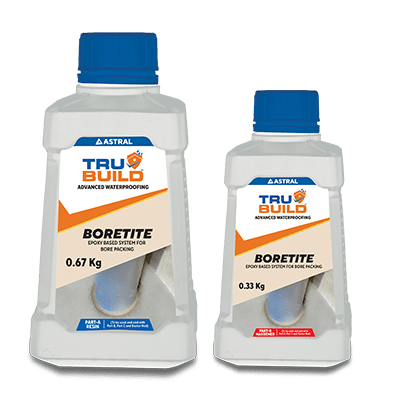What is Grouting in Construction? Exploring Types of Grouting Materials
Nov 1, 2023
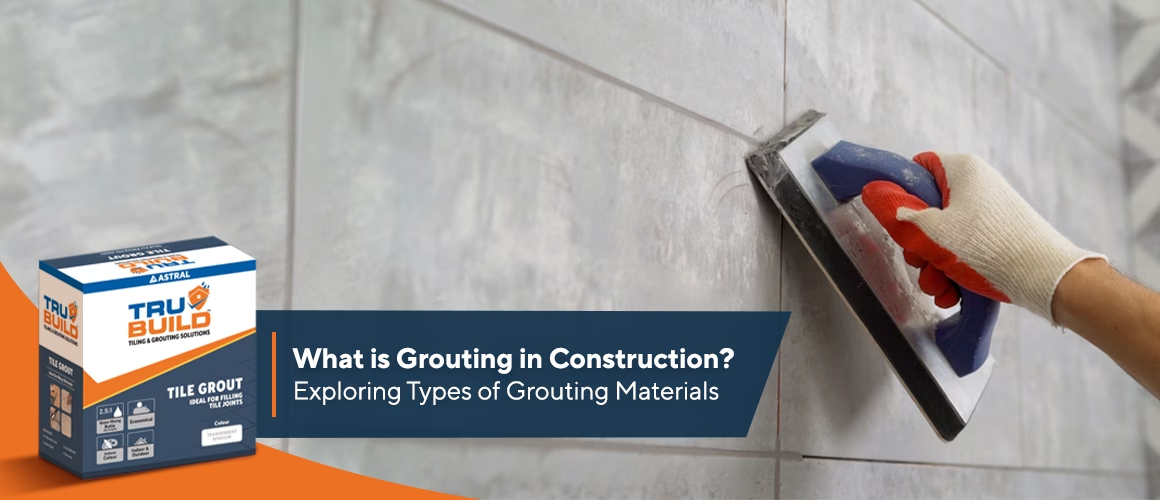
Cracks in walls might seem like a minor issue at first but left unaddressed, they can spread and cause significant structural damage. Over time, small gaps and voids in construction can weaken foundations, compromising the safety of the building. It is important to tackle these issues early with grouting, which can prevent heavy repair costs for the wall in the future by sealing in the exposed edges of the fixtures.
This process involves injecting a paste-like material into cracks and gaps to strengthen the foundation and ensure long-lasting integrity. Grouting is widely used in applications such as sealing tile joints, reinforcing foundations, and repairing damaged structures. Here are some common types of grouting materials:
Types of Grouting in Construction
1. Cement Grouting
Cement grouting involves mixing cement with water to create a slurry, which is then injected into cracks or voids. It is commonly used for repairing foundations and stabilising soil. Its cost-effectiveness and easy application make it a popular choice for construction projects.
2. Chemical Grouting
Chemical grouting uses solutions like polyurethane or acrylates to create a watertight seal, commonly applied in water control, soil stabilisation, and leak repair. It’s especially effective in areas where cement may fail due to moisture or ground movement.
3. Structural Grouting
Structural grouting strengthens load-bearing elements, such as columns or beams. It often involves high-strength materials to ensure durability and stability in structural repairs or installations.
4. Bentonite Grouting
Bentonite, a type of clay, is used in this process for its excellent sealing properties. This type of grouting is ideal for sealing wells, preventing water intrusion, and stabilising boreholes.
5. Bituminous Grouting
Bituminous grouting is used for waterproofing and sealing cracks in asphalt roads, offering flexibility to adapt to temperature changes and ground movement. Its water resistance helps prevent moisture damage. This ensures road durability in all weather conditions.
6. Resin Grouting
Resin grouting involves using epoxy or polyurethane resins to fill voids or bond surfaces. This method is especially popular in tiling projects where stain resistance and durability are required. Epoxy grout, a type of resin grout, is known for its chemical resistance and seamless finish.
Advantages of Grouting in Construction
-
Enhanced Durability
Grouting strengthens the structure by filling voids and sealing cracks.
-
Waterproofing
Prevents water infiltration, protecting structures from damage.
-
Improved Stability
Stabilises foundations and supports load-bearing elements.
-
Versatility
Various types of grouting ensure the right solution for different construction needs.
Choose a Stain-Free Epoxy Grout for Your Tiling Needs
For projects requiring superior stain resistance and durability, choose Trubuild Stain Free Epoxy Grout. Specially designed for grouting tiles, this pre-packed epoxy grout is ideal for ceramic tiles, vitrified tiles, and stones. It provides a stain-free, chemical-resistant, and long-lasting finish, which makes it the ultimate choice for professional results.
Elevate your construction projects with Trubuild Tile Grout for hard-wearing tile joints and exceptional performance.
Learn the perfect way to grout tiles with our blog on—Grouting Tiles in 8 Steps.
FAQ
-
What is the purpose of grouting?
Grouting strengthens structures by filling gaps, cracks, or voids. It improves stability, strengthens the overall structure, prevents water from infiltrating, and protects the surface from damage. It also enhances the aesthetic appeal of tiled surfaces by providing a seamless and polished finish.
-
What is grouting in the construction process?
Grouting in construction involves injecting a paste-like material such as cement, epoxy grout, or other grouting materials into gaps, cracks, or voids in a structure. This process is commonly used to reinforce foundations, seal joints, and repair damaged parts of a building. The grouting process helps to stabilise the structure, prevent water seepage, and enhance the load-bearing capabilities of key structural elements.
-
Do I have to remove old grout before regrouting?
Yes, it is essential to remove old grout before regrouting. Leaving old grout in place can cause the new grout to adhere poorly, leading to weaker joints and a less durable finish. Removing the old grout ensures a clean, smooth surface for the new grout to bond with, allowing for a stronger and longer-lasting result.
-
How long does it take grout to set?
The time it takes for grout to set depends on the type of grouting materials used, environmental conditions, and the thickness of the grout layer. Generally, grout takes anywhere between 24 and 72 hours to fully set and cure. During this period, it is important to avoid disturbing the grout to ensure it sets evenly and firmly.
-
Should you wet the tiles before grouting?
Yes, it is recommended to wet the tiles before grouting, especially when working with porous surfaces. Dampening the tiles helps prevent the grout from drying out too quickly, which could lead to an uneven or cracked finish. It also allows the grout to flow more smoothly into the joints and creates a more even distribution.


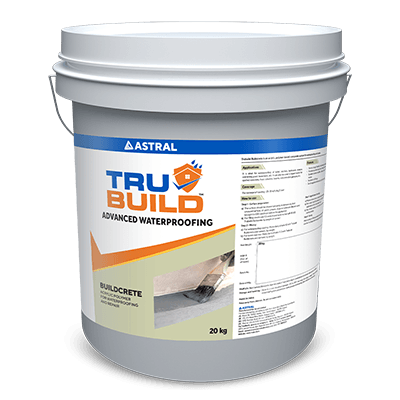

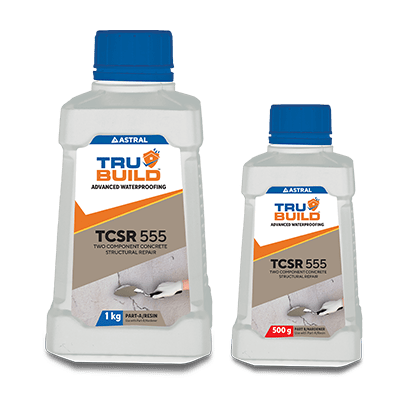


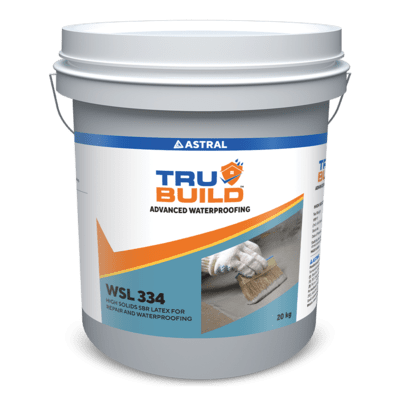
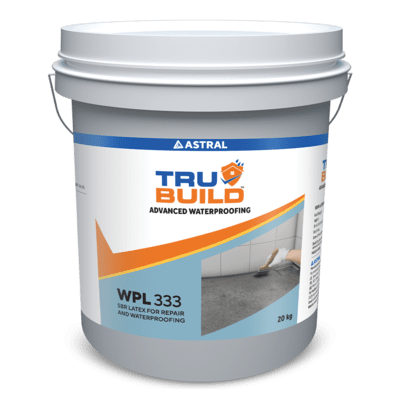
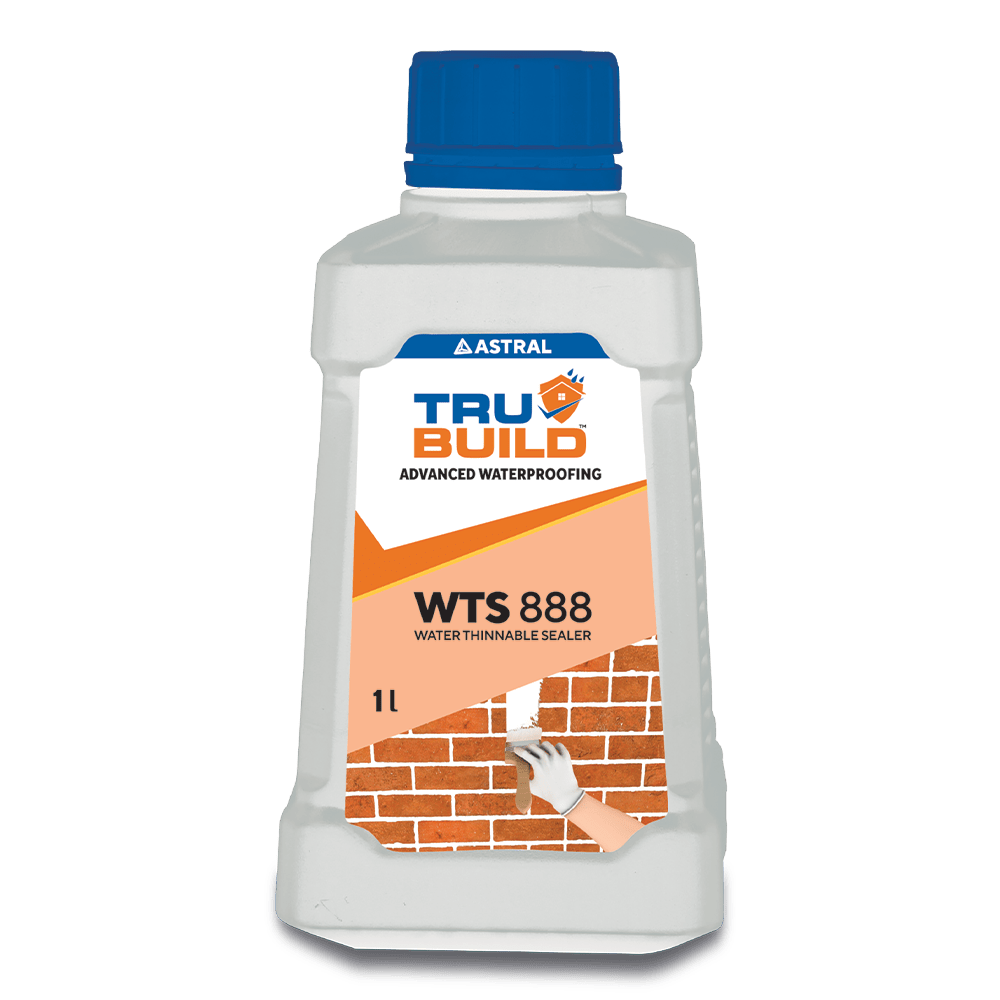



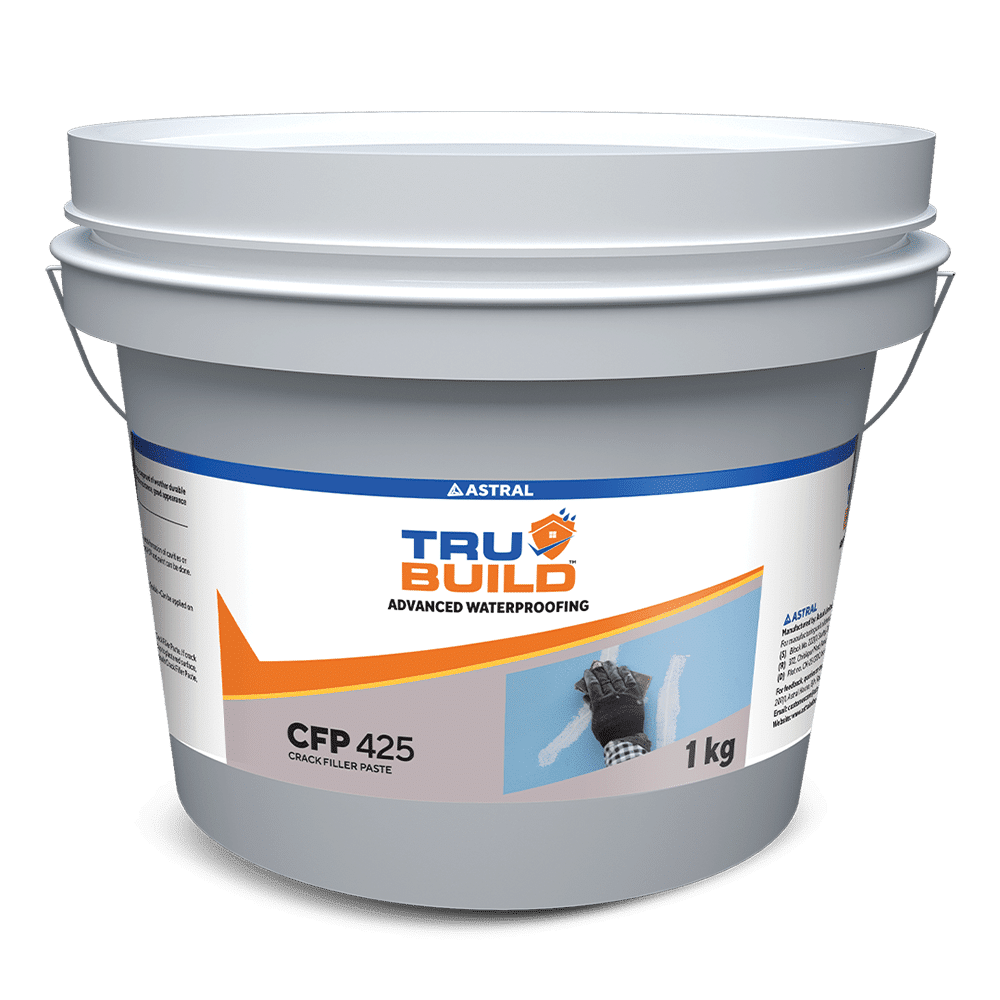




 Professional Sealants
Professional Sealants
 Roof Waterproofing
Roof Waterproofing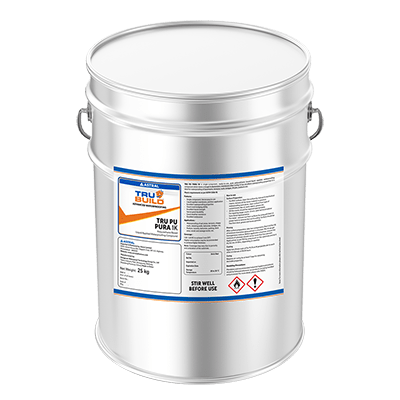
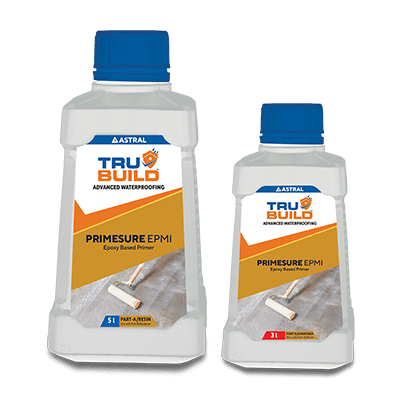





 Substructure Waterproofing
Substructure Waterproofing Tiling and Grouting
Tiling and Grouting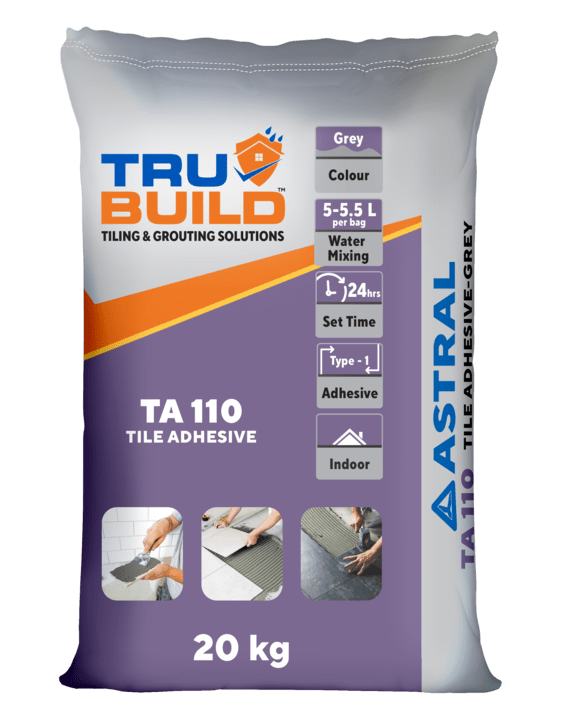
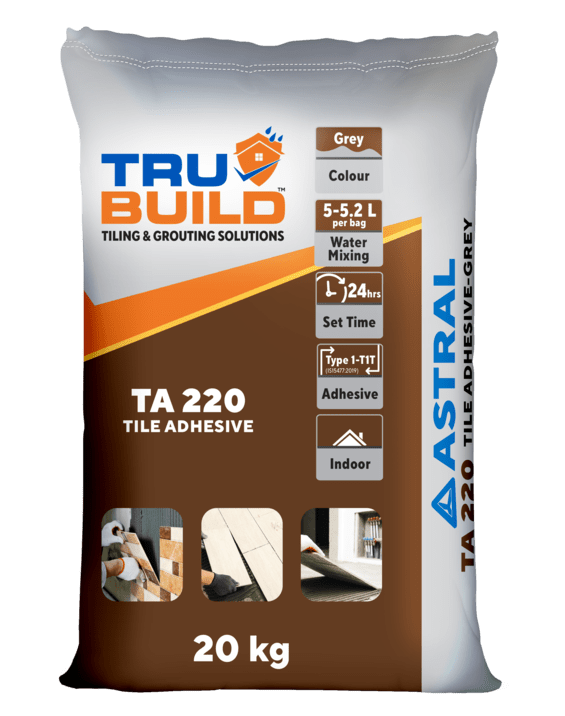

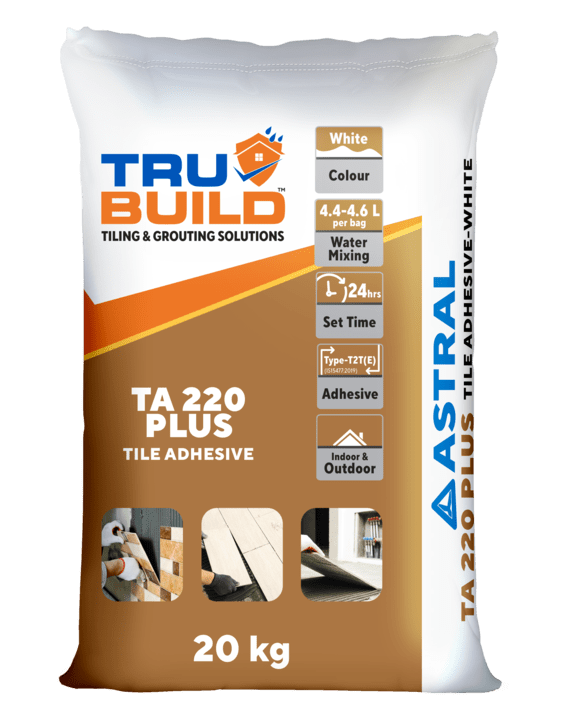
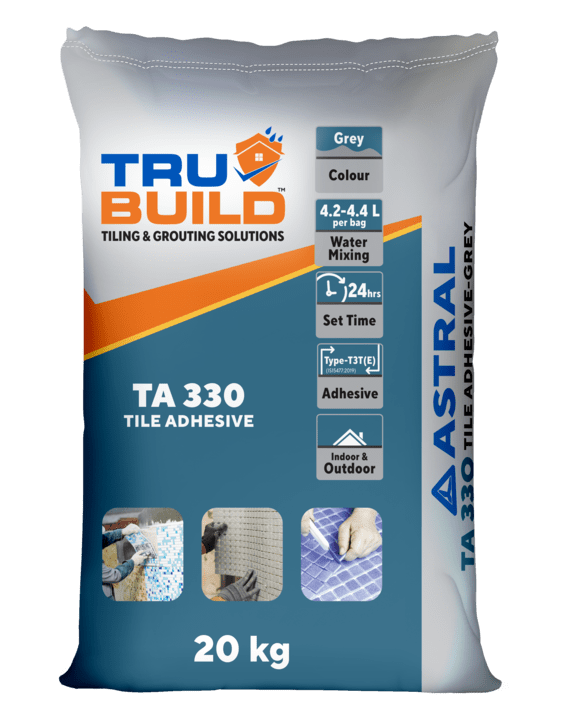
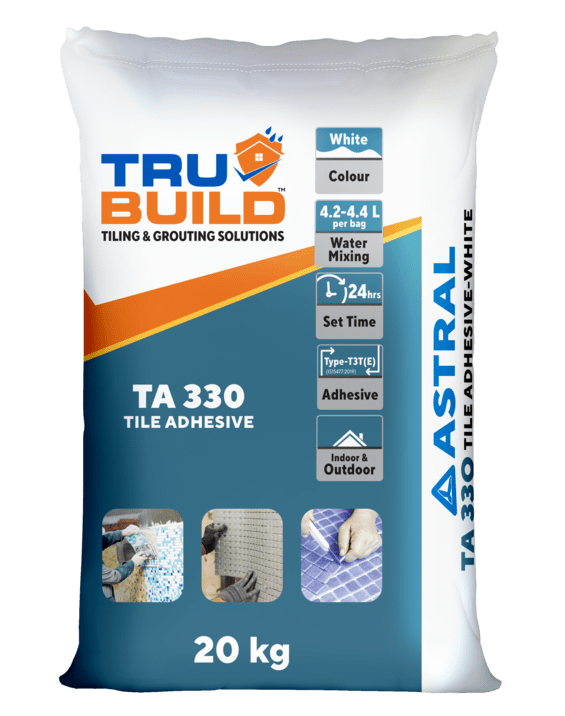
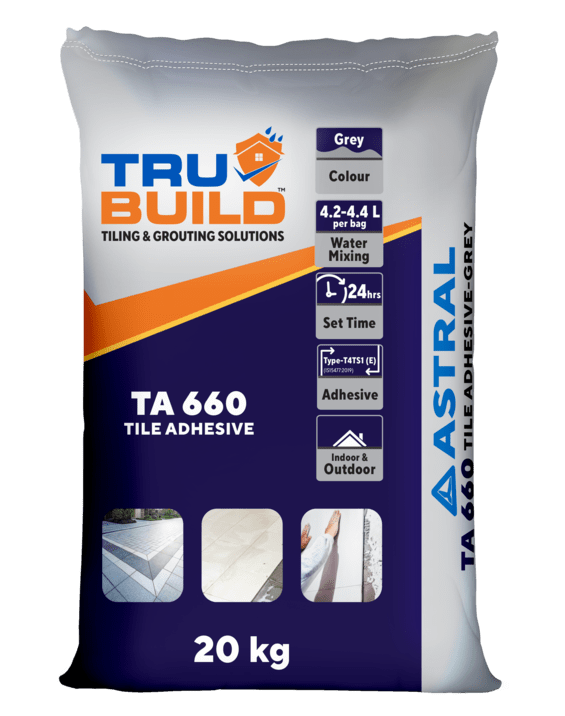
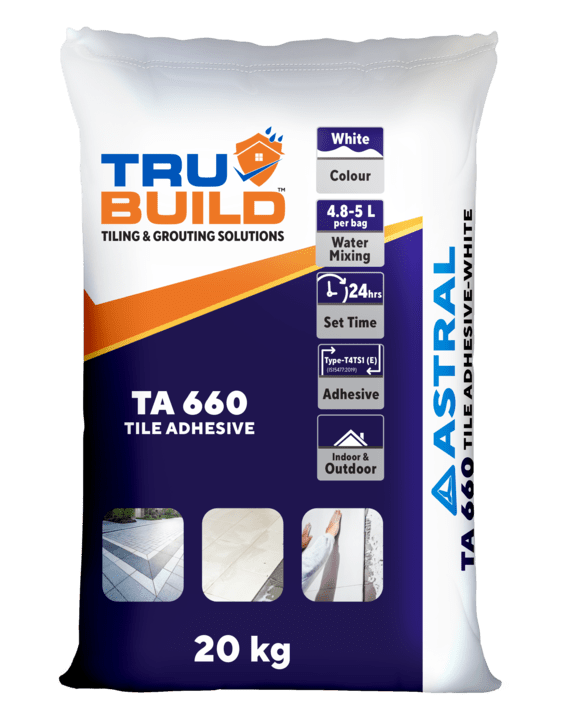



 Water Tanks and Other Areas
Water Tanks and Other Areas